Histoire de la Shell Dunhill
La documentation des débuts de Dunhill avec la Shell se limite essentiellement aux brevets – Il n'existe aucune page de catalogues ou de publicité proposant les pipes sablées à l'époque. Les travaux préparatoires pour le brevet anglais ((No. 1484/17) furent déposés le 13 octobre 1917.La demande de brevet fut complétée 6 mois plus tard, le 12 avril 1918, suivie par la délivrance du brevet anglais le 14 octobre 1918. C'était moins d'un mois avant la fin de la Grande Guerre le 11 novembre.
Le brevet américain (No. 1 341 418) fut préparé et déposé avant l'octroi du brevet anglais, entre le 19 septembre et le 14 octobre 1918. Le brevet américain fut octroyé moins d'un an après, le 25 mai 1920. Les documents canadiens suivirent d'un an les américains, avec un dépô t en 1919 et un octroi en 1921.
Le système de codage numérique indiquant la date de fabrication débuta en 1922, mais à l'occasion on trouve des pipes qu'on peut dater d'avant 1922, particulièrement celles qui sont marquées ""DUNHILL'S SHELL" - "MADE IN ENGLAND" suivi par PAT. MAR. 9.15" avec "PAT. APP FOR", et "PAT. 1914" avec "PAT. APP FOR". Ces références à des brevets valent respectivement pour les USA et le Canada. Il est possible que ces marquages datent du dépôt du brevet, pas de sa délivrance. C'est difficile à dire avec certitude, mais il est envisageable que la Shell ait été pour la première fois commercialisée à la mi-1917 alors que la demande de brevet était en cours. Les tests de sablage avaient été réalisés et commençaient à s'améliorer en 1914 avec l'appui de la London Sandblasting Company, spécialisée dans le sablage du verre.
Jonathan Guss et Jesse Silver, des membres importants de notre communauté, ont mis en évidence l'incohérence de l'histoire généralement répandue, qui veut que le sablage des pipes ait été inventé par Dunhill. La technique du sablage a été inventée en 1870, et brevetée par Benjamin Chew Tilghman, 47 ans avant que Dunhill n'utilise ce procédé pour ses pipes. Il n'y a pas moyen de dire à coup sûr qui a été le premier à utiliser le procédé pour ses pipes. Il existe des indices et des théories qui suggèrent que le sablage des pipes a été utilisé avant Dunhill par Barling, par exemple, sur le modèle "Niblick" à la mi-1917. Guss souligne que le brevet est davantage relatif au procédé utilisé par Dunhill qu'au sablage proprement dit. Alfred Dunhill explique le processus du traitement à l'huile et du sablage dans son dépôt de brevet ainsi que suit :
"Cette invention concerne le traitement de surface de la pipe, dans un but décoratif. C'est le procédé par lequel le grain voit son relief accentué, donnant ainsi au bois une apparence très élégante, sans que cela interfère dans la durabilité et la qualité de la pipe. Bien que le sablage ait été utilisé auparavant dans le traitement de surface du bois et l'accentuation du grain, j'ai trouvé qu'en pratique ce traitement seul ne donnait pas un résultat satisfaisant, en cela qu'il tendait à fissurer le bois, ce qui n'arrive plus avec mon procédé complémentaire de traitement par bain d'huile et chaleur.
La bruyère est trempée dans une huile minérale ou végétale. Par exemple, dans le cas de la bruyère algérienne (un bois très adapté à la production de ces nouvelles pipes).La pièce peut être immergée durant une longue période, disons plusieurs semaines. Après avoir été retirée de l'huile, elle est exposée à la chaleur. Ce procédé prend un certain nombre de jours. L'exsudat d'huile ressort à la surface et est essuyé régulièrement. Ce traitement a pour résultat de rendre le grain plus dur et plus accentué dans une certaine mesure, tandis que l'huile forme un revêtement étanche.
After that, the wood is subjected to the action of the sandblasting, which removes the hardened oil coating and also infers the cutting effect. If the result is not satisfactory, it will be soaked again in oil, treated with heat and sandblasting; And so on, as many times as necessary, according to the extent to which you want to accentuate the grain or highlight it in relief. The resulting piece is extremely beautiful and constitutes an admirable smoking tobacco pipe."
Alfred's invention therefore concerns treatment and curing of the Briar in oils, strengthening it as it removes impurities:
The conception of sandblasting is reported in the book "About Smoke", released in mid-1920. Algeria had become an important source of briar, and Alfred Dunhill bought his first shipment in early 1914. Impressed with the beauty and richness of the grain of his new briar stock, he tried to put it into production but soon found that the results were not satisfactory on account of the softness of the material. Unused briar blocks were subsequently put aside and forgotten for months near the furnace. At random, sometime the next summer, he decided to re-examine these blocks and realized that some of the grains had shrunk, highlighting the grain and leaving a pattern of relief similar to that of a seashell--clearly the result of its prolonged exposure to Heat. The once voluminous wood was reduced to a mere shell of its former self, assuming a new and fascinating appearance while also becoming much lighter. These two factors combined create the perfect quality for both beautiful unique pieces and excellent smoking properties. The classic and iconic "Dunhill Shell Briar" is born!
In addition to the registered patents, we have the mark between parentheses below the "Briar"-(REGD). There were two records, one for "The Briar Shell ", requested at the English Intellectual Property Office (IPO) on February 19, 1921, published on March 30 of the same year, and expired on February 20, 2015, without renewal. The other record went to "Dunhill's Shell Briar", requested on May 19, 1921, published on June 29 of the same year and renewed on February 04, 2015.
Dunhill did not fully develop the sandblasting techniques until the mid-1920s. The first specimens were deeply marked, drastically altering the shape of the pipe by double blasting. By the end of the 1920s, the technique was perfected, the results were blasts with more personality and beauty, while also retaining the shape of the pipe. The pieces of this era are the highest regarded by collectors. This blasting style was practiced until the early 1960s.
In the 1960s, the Italian government restricted the use of the Briar to Italian manufacturers and the Algerian briar became scarce (a consequence of the Algerian War of Independence. 1954-1962), which forced Dunhill to use the somewhat harder Greek briar. This compromised the sandblasted finish and explains why the blast is superficial in the models from this time period. Between the end of the 1960s and the beginning of the 1970s, it was possible to perform a deeper blast on this briar, but the market did not embrace it. Dunhill responded by preserving the smoother blasting. It is said that Richard Dunhill took one of the Shells that were rejected and asked:
— Why is this in the rejection bin?
— Because the sandblasting is very deep and irregular.
— That pipe has a personality. Send it to America. The Americans know good pipes! "
See The Art of Sandblasting, and by R.D. Field, for an in-depth look at Dunhill's revolutionary new finish. Concluding, the deepest and craggiest finishes were from Algerian briar, which is softer and yields more to the blasting. These are found in circa the 1920s, 1940s, and 1960's Shells. The pipes were double blasted until the 1960s, and then the double blast technique resumed in the 1980s calling it the "Deep Shell" finish. During the 1960s and ’70s, Dunhill could not acquire the Algerian briar. Consequently, the company’s sandblast pipes were much shallower and less distinct. Once again Dunhill showed itself to be innovative, inventing the “double blast” technique to bring about a deeper blast even with harder briar. The black shell sandblast finish uses a stain the was developed for the color, not the taste. Some enthusiasts experience them having a more bitter taste, even when judiciously smoked.
In the 1990s there was a return to the first blasting techniques. These blasts had more personality, but nothing compared to the pipes of the past. The dyeing of this line was a dark wine color, which exposed to light presented a reddish tone to this series. At some point in the 1960s, the color was altered to black, but this too was rejected, and the original coloration was restored. Here we have some examples of the variations the process has undergone through the years:
Two very early examples. The top piece is from 1918 and carries the #24 stamp (the size of the “Inner Tube,” not the shape). This pipe would later be referred to as the “O” in the catalog. The bottom pipe is a 1925 PO shape in exquisite condition. From the G.L. Pease Collection [1]
A 1927 Dunhill Shell Patent Pipe 120 Shape Bottom: A 1965 Dunhill Shell 120 Shape - Note how the size, depth of sandblasting, and overall design changed over time. It should be noted that the 1927 model has a replacement mouthpiece, and has had a shank repair. Early 120 shape pipes are notorious for having thin and elegant shanks that are prone to breakage - Courtesy of Mike Ahmadi
A 1937 Shell LB, G.L. Pease collection [2]

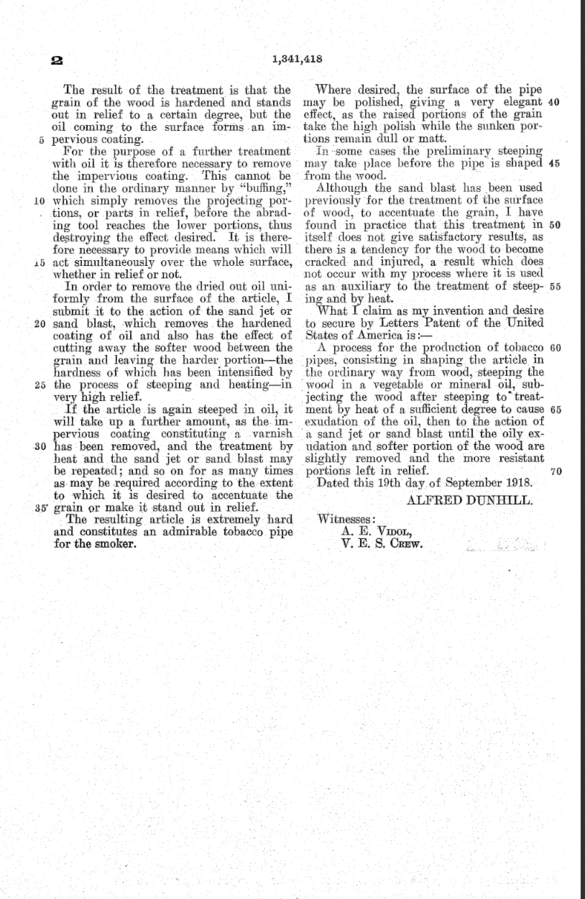
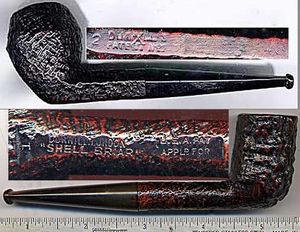
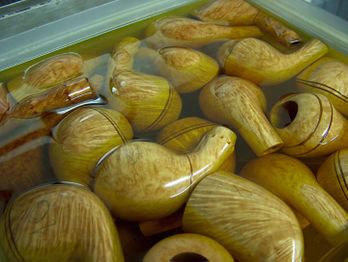
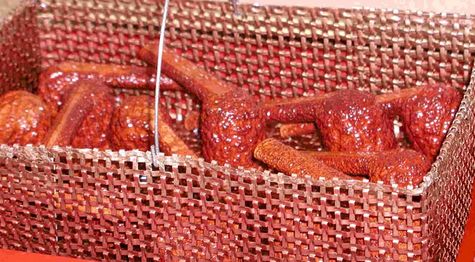
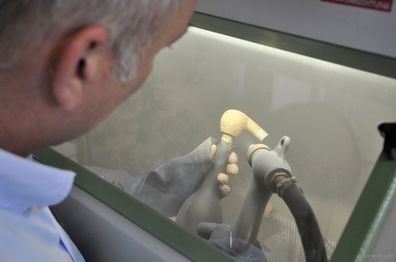
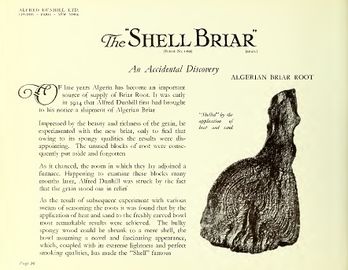
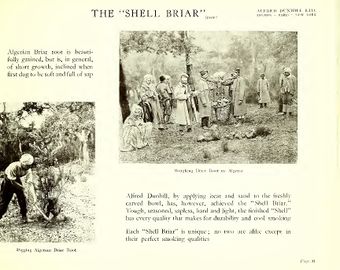
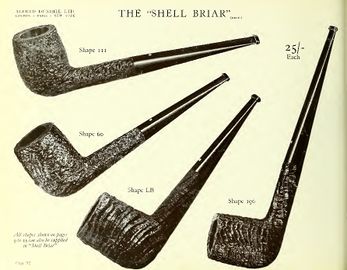
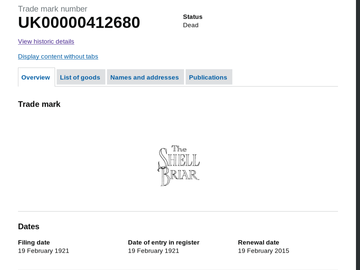
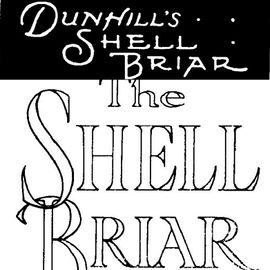
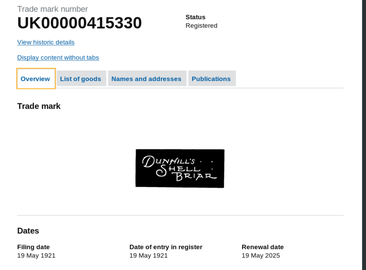
![Two very early examples. The top piece is from 1918 and carries the #24 stamp (the size of the “Inner Tube,” not the shape). This pipe would later be referred to as the “O” in the catalog. The bottom pipe is a 1925 PO shape in exquisite condition. From the G.L. Pease Collection [1]](/images/thumb/4/4b/DunhillD.jpg/256px-DunhillD.jpg)
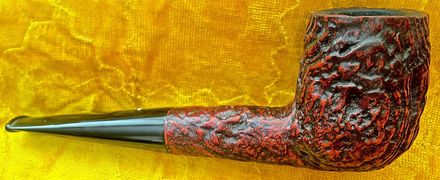
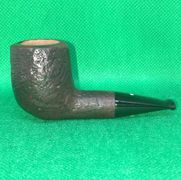
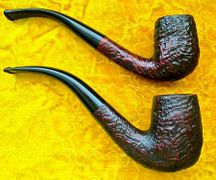
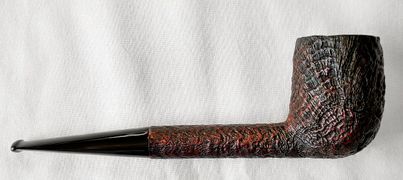
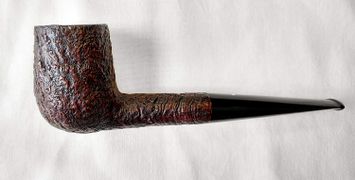
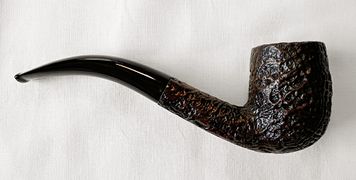
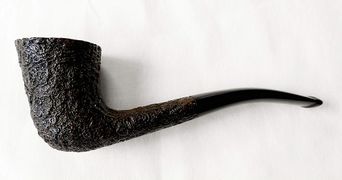
![A 1937 Shell LB, G.L. Pease collection [2]](/images/thumb/f/f2/DunhillI.jpg/232px-DunhillI.jpg)